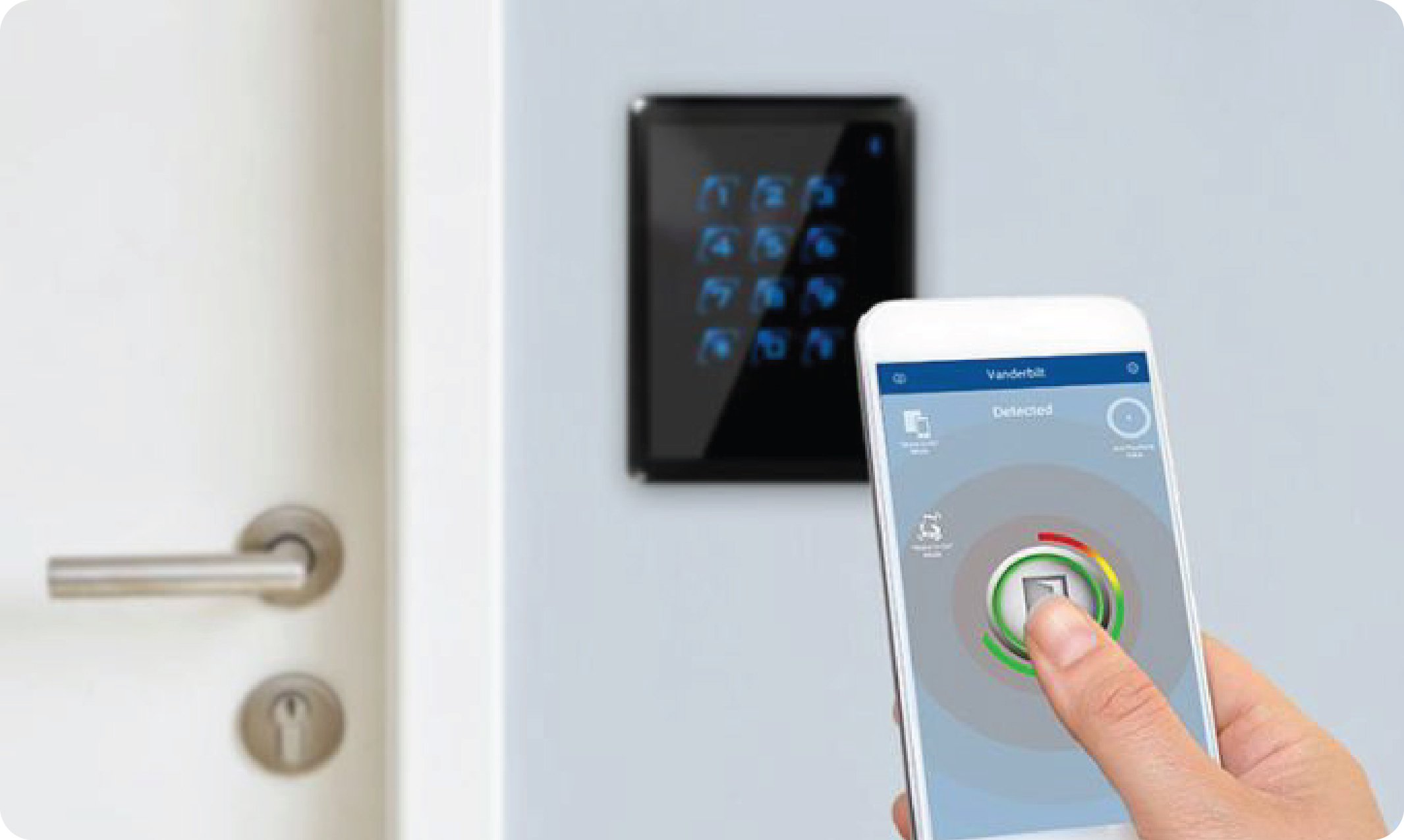
Access Control Technology (ACT) plays an integral role in enhancing security by managing who or what is allowed entrance to a location or access to a resource. At the core of access control systems is the prime objective to safeguard physical, IP, and information assets, allowing only those with authorised access to enter specific domains or interact with certain data. By doing this, organisations not only protect themselves from external threats but also mitigate the risks of internal vulnerabilities.
ACT access control is fundamental in embodying the principles of modern security frameworks, which are increasingly adopting a Zero trust approach. This security model is rooted in the belief that trust should never be implicit and that verification must occur regardless of the entity’s location in relation to the corporate network. By employing methods of explicit identity verification and providing the least-privileged access necessary, the security posture is strengthened – thereby reducing the risk of unauthorised access and potential breaches.
Access control systems are versatile; they come in various forms including physical, digital, and a combination of both, to cater to the distinct needs of diverse environments. Whether through the use of keycards, biometric scanners, or secure login credentials, implementing advanced access control systems is critical for any security-conscious entity. These measures contribute to maintaining the confidentiality, integrity, and availability of critical assets in a continuously evolving threat landscape.
ACT Access Control is a pivotal aspect of safeguarding information and physical spaces, as it directly influences the confidentiality, integrity, and availability of resources.
ACT Access Control refers to the protocols and systems designed to regulate who can access particular areas or information, and under what circumstances they are permitted to do so. The fundamental objective is to protect data and premises against unauthorised access which could lead to data breaches or other security incidents.
Key components of ACT systems include:
Access Control Technology (ACT) reinforces security by employing sophisticated mechanisms such as authentication protocols and encryption standards to ensure that access to resources is both secure and restricted to authorised personnel.
ACT utilises a variety of authentication protocols to confirm the identity of individuals seeking access. These include:
To safeguard the transmission and storage of sensitive data within access control systems, ACT employs robust encryption standards:
These encryption standards are integral to maintaining the confidentiality and integrity of access control data, thwarting potential breaches.
Access control systems notably improve the operational efficiency of a business by simplifying access management and providing potent real-time monitoring.
In the realm of access management, ACT Access Control offers a unified system whereby authorised personnel need only a single-entry device – typically a key card, fob, or a mobile credential – to gain entry to all areas they’re permitted to access. This consolidation eradicates the need for multiple keys, streamlining the process and reducing the chances of access issues due to lost or forgotten keys.
The capacity for real-time monitoring is a significant operational advantage provided by ACT Access Control systems. They enable companies to track and record access events as they happen, thus enhancing the oversight of site activity. This can be vital for incident investigation and for making instantaneous security decisions based on live data.
ACT Access Control systems, when integrated with other security measures, enhance the overall safety and monitoring capabilities of a security infrastructure.
ACT Access Control is designed to work in conjunction with surveillance systems such as CCTV cameras. It achieves this by:
The interoperability between ACT Access Control and alarm systems ensures:
Access Control Technology (ACT) plays a pivotal role in ensuring that organisations meet regulatory requirements and maintain high standards of security. Compliance with industry-specific regulations such as the General Data Protection Regulation (GDPR) in the EU, and standards like ISO/IEC 27001, is critical for businesses to protect sensitive data and avoid penalties.
Key compliance considerations include:
| Industry | Regulatory Body | Regulation/Standard |
| Healthcare | Health and Social Care Information Centre (HSCIC) | Data Protection Act 2018 |
| Finance | Financial Conduct Authority (FCA) | Financial Services and Markets Act 2000 |
| Government | Information Commissioner’s Office (ICO) | GDPR |
Implementing ACT access control systems helps organisations in:
To summarise, detailed attention to compliance and regulatory considerations is essential for the efficacy of ACT access control frameworks. It ensures that organisations not only adhere to legal requirements but also reinforce their security posture against potential data breaches and cyber threats.
Request a free consultation now and discover frictionless access possibilities. sales@mjflood.ie

Access control systems are pivotal in security protocols, providing necessary restrictions and permissions for protectives spaces, data, and assets.
They involve authentication procedures, such as PINs, biometrics, or electronic keys, to verify a person’s identity before granting access. Some systems employ sophisticated algorithms to adjust permissions in real-time based on user behaviour and threat levels.
Access control systems add a layer of security by ensuring only authorised individuals gain entry to sensitive areas. They track and record entry and exit activity, often integrating with other security measures to provide comprehensive protection.
The forms range from simple mechanical locks to advanced biometric systems. Electronic card readers, keypad entry systems, and physical barriers like turnstiles or gates are also commonly used to regulate access to physical spaces.
These systems serve to limit access to physical and digital assets, monitor and log access requests, and provide evidence for investigations. They also help ensure compliance with legal and regulatory standards concerning security.
Effective management includes regular updates to access permissions, training for users on best practices, and integration with broader security systems to respond to threats swiftly. Frequent audits are essential to ensure the system’s integrity.
Incorporating access control into software ensures that only authorised users can access and perform functions critical to the application’s security. It mitigates risks such as data breaches and unauthorised alterations to the system.